It takes a village to raise a child, but it takes a whole eco-system to keep them safe to help them grow.
Every child has the right to grow, learn and play safe from any form of harm. Each and every country has a duty, under international law, to establish a system to prevent and respond to cases of child abuse, neglect or harm. Guided by the Convention of the Rights of the Child, a Child Protection Eco-System goes beyond the consideration of one specific issue, such as street children, child marriage or child labour for example, to prevent and respond to these in a wider context to make sure that no child is left behind.
Peter is 7 years old, he lives in a rural village in Uganda with his parents and two sisters. He walks to his local school and dreams of becoming a pilot one day. Peter’s parents have fed and cared for him from the day he was born and will do until he is an adult. Peter’s teachers are teaching him the skills that he will need to access the world of decent work and make a living to support himself and maybe a family one day. They often liaise with his parents, as they do for all the children at the school, to make sure that Peter’s home life is stable and safe and can support his learning. Last rainy season, Peter got sick and was diagnosed with malaria. Thankfully, he was able to get the medication he needed from the local doctor. The nurses also checked Peter’s general health by measuring his height, weight and so on, making sure that he is getting the nutrition and care that he needs to develop healthily. If Peter’s parents, teachers, or medical professionals suspect that Peter has been harmed in any way they can report this to the police, social workers, or the district authority, who would have a duty to investigate and take action if necessary. These authorities are often supported to handle child labour cases through National Action Plans, which allocate a role to each actor and funds. International organisations also play a role, through livelihood programmes, supporting public health, education or through strengthening social work systems. Keeping children safe and sound from harm anywhere in the world, they need a strong, interconnected, child protection eco-system around them to make sure no-one falls through the gaps into any form of vulnerability.
What are child protection eco-systems?
Child protection systems are “certain formal and informal structures, functions and capacities that have been assembled to prevent and respond to violence, abuse, neglect, and exploitation of children”. Child protection systems include all actors, from Government officials to magistrates, social workers, to teachers, medical professionals, to community child protection officers, even families, parents and children themselves. All individuals work together to prevent, report and respond to child protection cases at varying levels. Child protection systems are often complex, but it is this complexity which makes them both multidisciplinary and intersectoral, reaching more children than by focusing on one specific child protection concern.
Why are they important to fight child labour?
Child labour is work which puts a child’s health, safety, development and education at risk and is banned under national and international law. Some of the root causes of child labour include poverty, poor access to education, and limited decent work opportunities for young people. Child protection systems cover these root causes and support families to find solutions to keep their child safe from dangerous work.
As COVID-19 pushes more families into poverty, closes schools, and prevents people from accessing fair work, millions more children are at risk of becoming involved in child labour. In 2020 the ILO’s slogan for World Day Against Child Labour was “protect children from child labour now more than ever” and to do this we must strengthen child protection systems rather than focusing on one child protection issue or one single supply chain.
How do we build stronger eco-systems?
Everyone has a role to play in supporting a strong child protection eco-system whether this be in a professional capacity or as a family member, friend, or neighbour. Investing in strengthening the system through establishing child protection committees, supporting social workers, or building the capacity of teachers, or police for example, and coordinating this with the efforts at national or international level, makes for a more sustainable and comprehensive approach to child protection.








